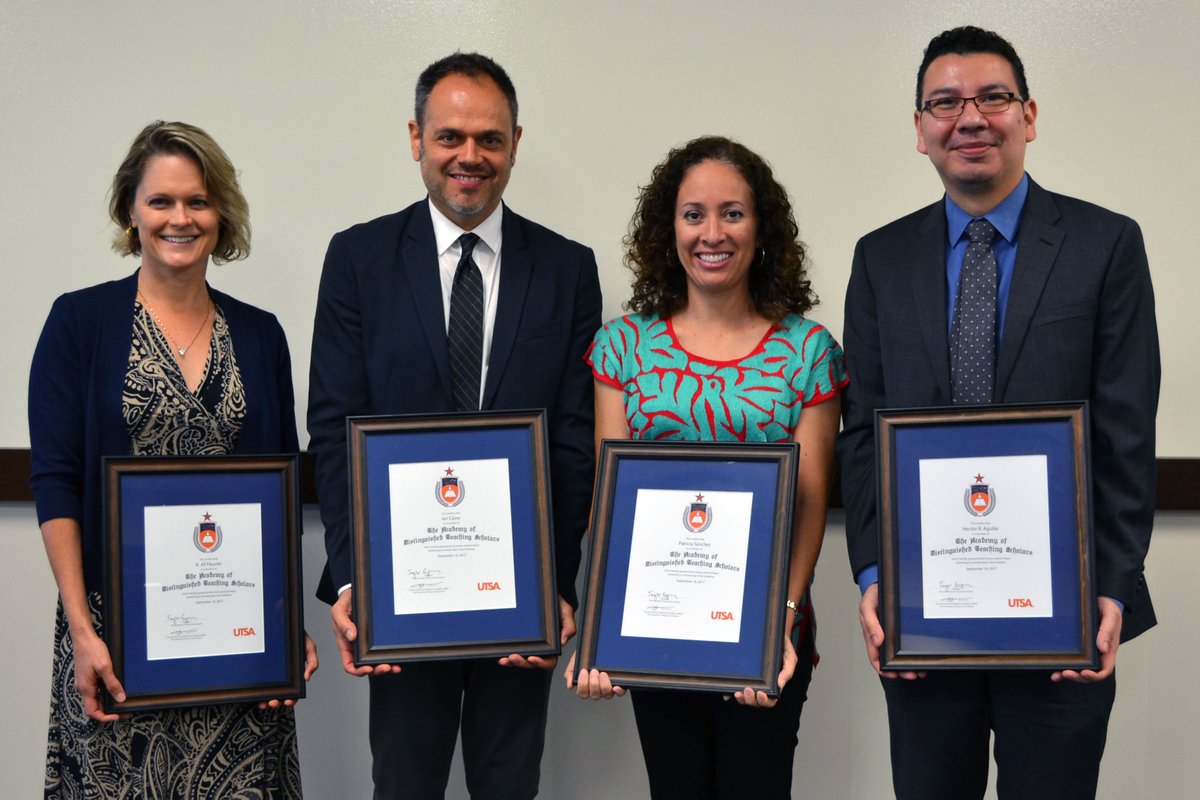Studio Visit to Estero Llano Grande State Park.
Graduate students from the School of Architecture + Planning travelled to Weslaco, Texas with Associate Professor Ian Caine to examine modular housing in a regional context. The fall 2021 studio, part of a semester-long transdisciplinary collaboration with University of Arkansas landscape faculty Gabriel Diaz Montemayor, is examining modular housing across regional, metropolitan, neighborhood, and building scales. During the trip, UTSA students met with city officials and visited mobile home parks, wetlands, flood plains, levees, and bird blinds. Students will submit their final studio results to the Annual International Architecture Modular Home Competition in May 2022.
The studio curriculum builds on an actual community design effort that Caine, Diaz Montemayor, and CURPR researchers are leading in the City of Weslaco, Texas, a city of 41,000. Weslaco is located in Hidalgo County, one of three counties in the Lower Rio Grande Valley, a transborder region is located in the floodplain of the Rio Grande River and adjacent to the Mexican State of Tamaulipas.































